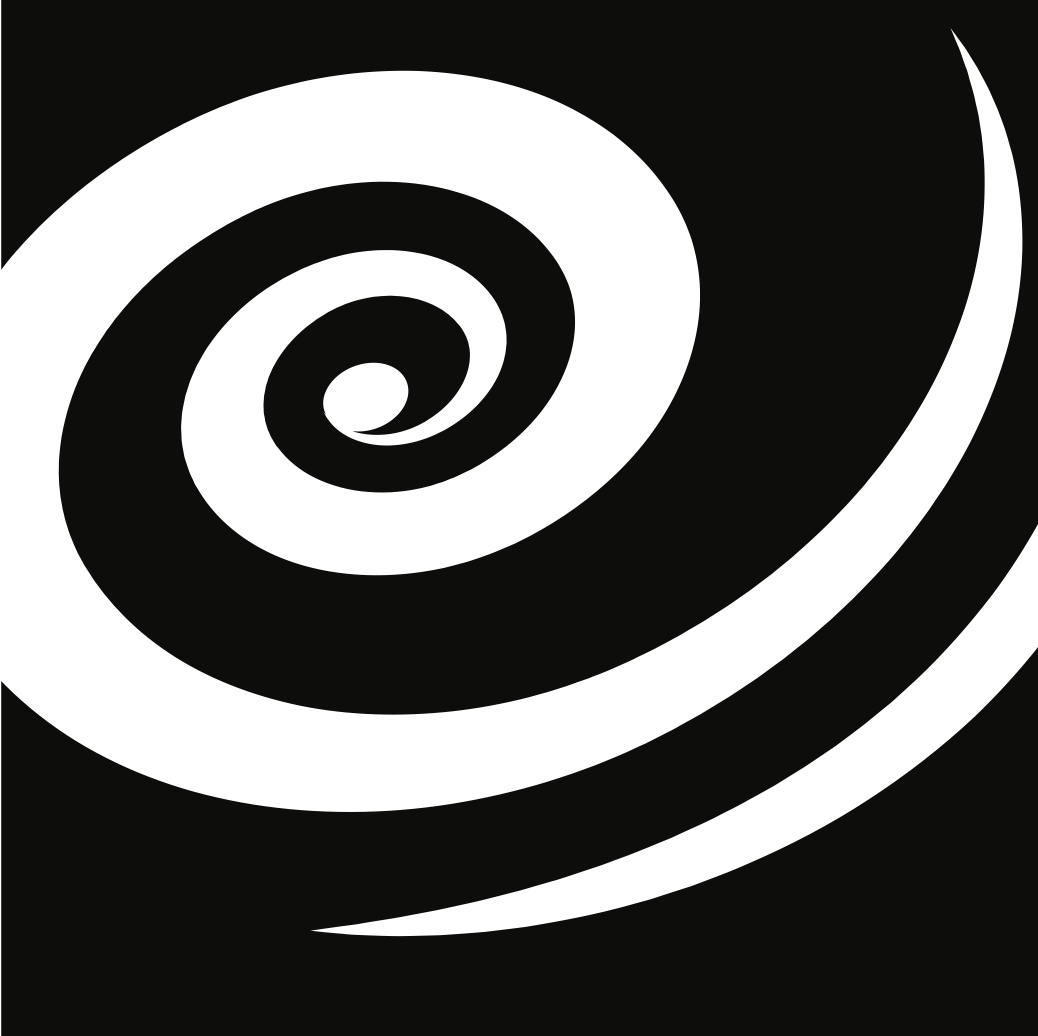Dear Members of the Division of Gravitational Physics of the American Physical Society:
As you know, the APS April Meeting in Columbus, OH is coming up in a just a few months.
The year 2017 was very special for gravitational physics. Rai Weiss, Kip Thorne and Barry Barish received the Nobel Prize for the direct detection of gravitational waves. The first multi-messenger observation of a binary neutron star merger (GW170817) was one of the biggest science stories of the year.
The APS April Meeting in Columbus will reflect this growing excitement in gravitational physics with a record number of DGRAV-cosponsored sessions, including a session celebrating the historic 1957 Chapel Hill Conference that launched the first experimental efforts to detect gravitational waves. One of the attendees of that conference was Richard Feynman, who proposed the famous “sticky bead” thought experiment to prove the reality of gravitational waves.
Feynman was born in 1918, and the April Meeting’s theme will be “A Feynman Century.” We will celebrate the centenary of Feynman’s birth with special sessions dedicated to his seminal contributions to physics: for example, Joan Feynman (Richard’s sister, an astronomer at the Jet Propulsion Laboratory) will give a talk on her brother’s legacy.
There will be a plenary session with talks by Nobel Prize recipients Weiss and Barish and APS Medal winner Eugene Parker. One DAP-sponsored session (speakers: Dava Sobel, Alan Lightman, Adam Riess) will celebrate the history of women pioneers in astronomy. A plenary talk by Marcelle Soares-Santos will summarize the electromagnetic signatures of GW170817. Another plenary talk, by Anne Archibald, will report bounds on the equivalence principle from observations of PSR J0337+1715 (a millisecond pulsar in a hierarchical triple system with two other stars). In addition, there will be two Focus Sessions cosponsored by DGRAV and DAP: one on NICER, and one on optical counterparts to gravitational wave events.
In short, we will have a very exciting program – but don’t take my word for it, just look at the great lineup of invited speakers at the bottom of this email. Please submit your abstracts as soon as possible.
Happy holiday season, and see you in Columbus!
Emanuele Berti, on behalf of the Executive Committee of the APS Division of Gravitational Physics
DGRAV-sponsored APS 2018 Sessions
Recent LIGO/Virgo Results
Chair: Laura Cadonati
- Jolien Creighton – Gravitational waves from compact binary coalescences detected during the second LIGO/Virgo observing run
- Jennifer Driggers – Advanced LIGO and Advanced Virgo
- Sinead Walsh – Searches for continuous gravitational waves in Advanced LIGO
Developments in Gravitational Theory
Chair: David Garfinkle
- Beatrice Bonga – Surprising consequences of a positive cosmological constant
- Chad Galley – Gravitational waves from compact binaries in an effective field theory approach
- Robert Wald – Black holes cannot be over-charged or over-spun
Quantum Aspects of Gravitation
Chair: Gary Horowitz
- Mark van Raamsdonk – Classical gravitational physics from quantum information theory
- Aron Wall – How low can the energy density go?
- Wolfgang Wieland – Loop Quantum Gravity and the quantization of null surfaces
Third Generation Gravitational Wave Detectors
Chair: Peter Shawhan
- Matt Evans – Third-generation gravitational-wave detectors – how we will reach the edge of the Universe
- Salvatore Vitale – The scientific potential of third-generation gravitational-wave detectors
- Ho Jung Paik – SOGRO: Superconducting Tensor Detector for Mid-Frequency Gravitational Waves
Unveiling Massive Black Holes
Chair: Kelly Holley-Bockelmann
- Enrico Barausse – The quest for low frequency gravitational waves
- Cole Miller – Arguments for and against intermediate-mass black holes
- Priyamvada Natarajan – Unveiling the first black holes
DGRAV-cosponsored APS 2018 Sessions
Gravitational Wave Sources – Compact Binary Formation Scenarios (DGRAV/DAP)
Chair: Daniel Holz
- Will Farr – Uncovering the formation of compact objects through gravitational wave observations
- Davide Gerosa – What do LIGO’s black holes remember?
- Michela Mapelli – Dynamics versus isolated binary evolution: place your bets
Low-Frequency Gravitational Wave Astronomy (DGRAV/DAP)
Chair: Michele Vallisneri
- Maura McLaughlin – Pulsar Timing Arrays: building a low-frequency gravitational wave detector
- Steve Taylor – Pulsar Timing Arrays: new advances toward detecting low-frequency gravitational waves
- Ira Thorpe – Observing the milliHertz gravitational wave sky with LISA
Theory of Electromagnetic Counterparts to Gravitational Wave Events (DAP/DGRAV)
Chair: Cole Miller
- Davide Lazzati – Cocoons, structured jets, and the non-thermal emission of binary neutron star mergers
- Brian Metzger – Kilonovae from binary neutron star mergers
- Enrico Ramirez-Ruiz – Electromagnetic transients from compact binary mergers
Fireball Emission from Neutron Star-Neutron Star Mergers (DAP/DGRAV)
Chair: Judith Racusin
- Eric Burns – GW170817 and GRB 170817A
- Gregg Hallinan – The radio afterglow of the neutron star merger GW170817
- Anthony Piro – Shedding light on gravitational waves
Gravitational Waves and Dark Matter Searches (DPF/DGRAV/DAP)
Chair: Marc Kamionkowski
- Masha Baryakhtar – Searching for ultralight particles with black holes and gravitational waves
- Ilias Cholis – Primordial black holes as gravitational wave sources
- Lam Hui – Ultra-light axion dark matter
Binary Merger Simulations (DGRAV/DCOMP/DAP)
Chair: Frans Pretorius
- Francois Foucart – Modeling kilonovae using neutron star merger simulations: current status and uncertainties
- Luis Lehner – New vistas in binary black holes
- Vasileios Paschalidis – Binary neutron star mergers: nature’s lab for astrophysics and nuclear physics
Tests of General Relativity (DGRAV/GPMFC/DAP)
Chair: Clifford Will
- Brian D’Urso – Levitated optomechanics for precision gravitational measurements
- Jason Hogan – Atom interferometry for equivalence principle tests and gravitational wave detection
- Manuel Rodrigues – The first scientific results of MICROSCOPE, the space test of the equivalence principle
The Chapel Hill Conference (FHP/DGRAV)
Chair: Donald Salisbury
- Dieter Brill – Chapel Hill, Wheeler, and I
- Joshua Goldberg – US Airforce support of general relativity: Chapel Hill 1957 and beyond
- Dean Rickles – Behind the scenes of the Chapel Hill conference
- Peter Saulson – How Felix Pirani launched the effort to detect gravitational waves
